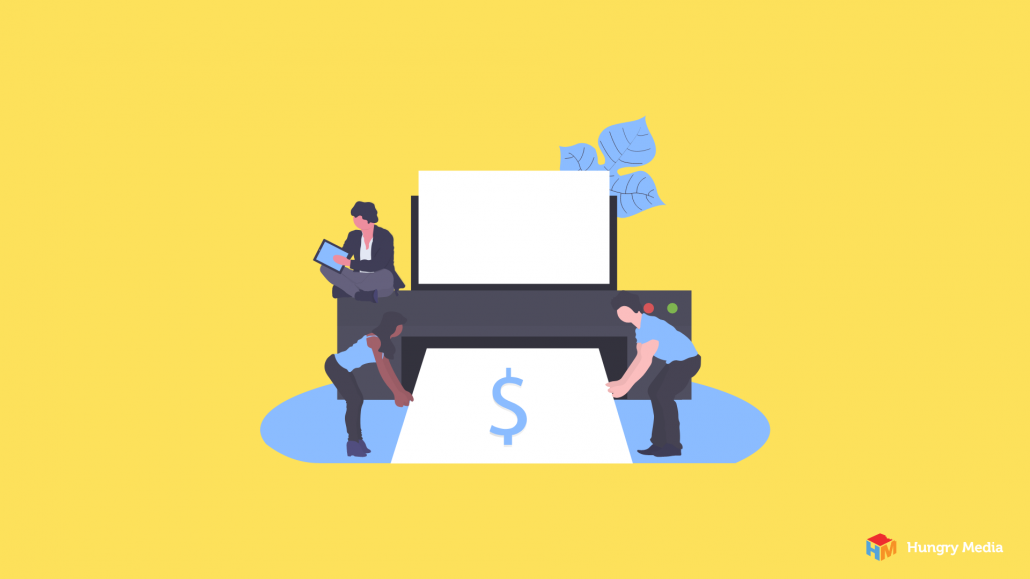
Payment delays can be disastrous, especially for small businesses and crowdfunded startups with limited cashflow. Customer payments may lag for any number of reasons, from a lack of funds to internal bureaucracy that slows paperwork. Regardless, many businesses need to get paid faster than their current practices or net 30 payment terms permit.
What Does Net 30 Mean?
If you sell B2B, your customers could require up to net 90 payment terms; although most common is probably net 30, meaning payment is due no more than 30 days from the invoice date. This time helps them sync your invoice with their accounting cycles as well as push your paperwork through the proper channels.
Should You Use a Net 30 Invoice?
Well, it certainly provides some leverage, especially if you’re going after large clients. Bigger corporations aren’t always able to make immediate payments. So, if you’re unable to offer net 30 payment terms, they may be unable to work with you.
In short, if you can, you should. Net 30 terms will provide you with a competitive advantage over those who aren’t as flexible.
Tips for Getting Paid as a Small Business, Net 30 or Not
In an ideal world, simply sending an invoice would be enough to get a client to pay. Alas, things aren’t always that simple. So, what can you do if you want to offer net 30 terms but still need to get paid faster?
Go Cloud-based.
Cloud-based accounting software lets you work smarter instead of harder. Check out options such as FreshBooks or Quickbooks. Not only can you work anywhere at any time, but you’ll be able to automate many regular accounting functions such as sending invoices and payment reminders. It’s the ideal combination of convenience and efficiency, which totally helps you get paid faster!
Accept Electronic and Mobile Payments.
Just like mobile-first sites are becoming the norm, so are mobile payment options. Don’t be left behind! Electronic invoices often come with a “pay now” button. One click, and your customer is directed to your website’s payment screen. This significantly decreases processing time on both ends, getting you paid faster!
If you aren’t offering net 30 terms, you can still collect electronic payments via apps like PayPal or Venmo. Alternately, mobile payment solutions such as Square or GoPayment by Quickbooks work just was well.
Set explicit expectations.
Clearly lay out your pay on time policy, in writing. Client contracts and individual invoices should contain information such as payment terms, deadlines, and late penalties. Be specific and concise. For instance – provide a definite due date, rather than generic terms like “due upon receipt.”
Incentivize early payments.
Consider an incentive for those who pay sooner than their net 30 deadline. A small percentage discount such as 2/10 net 30 (2% discount for paying by day 10 of a 30-day window) encourages timely payments from businesses and individuals alike.
Be prepared.
Bigger companies get backlogged, which means it can take longer for the right person to receive your invoice, let alone pay it. To get paid faster, gather information about your contact person up front: name, job title, department, address (mailing or email), preferred invoice method, etc. This way you’re a step ahead when the invoice is received.
Invoice Immediately.
This can be tough for small business owners. But the fact remains that clients can’t pay you if you don’t invoice them. If prompt payment is non-negotiable for your business, make quick invoicing a priority.
Stop Working.
When all else fails, you may have to stop taking orders or jobs from clients with delinquent accounts.
Get Paid Faster with Hungry Media
Hungry Media offers a wide range of experience in the world of web development, including the best payment integration options for your website. Contact us at info@hungrymedia.co to discuss this and all of your digital experience needs. We can’t wait to meet you!
contributed by Melissa Lucas, senior staff writer



